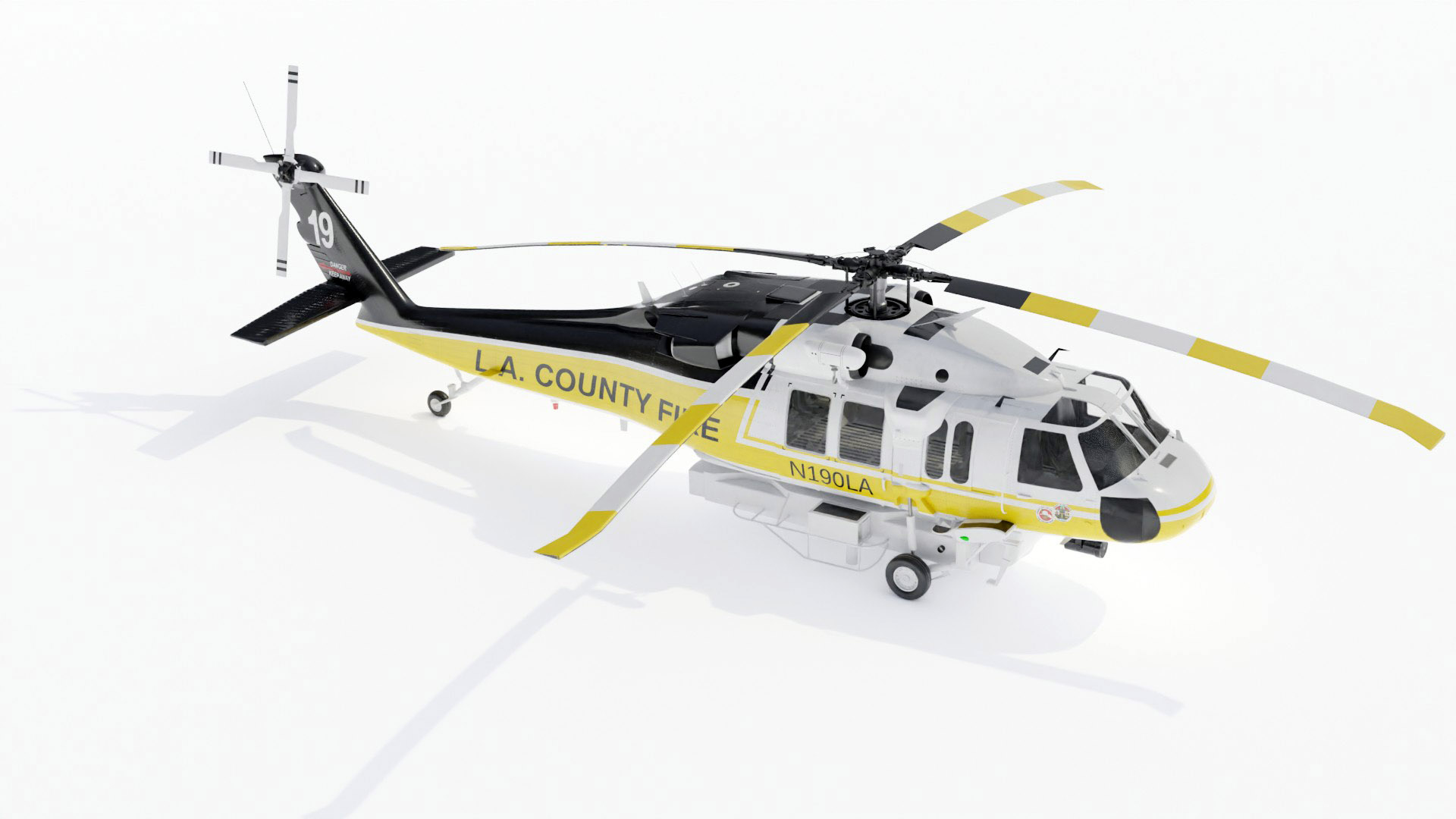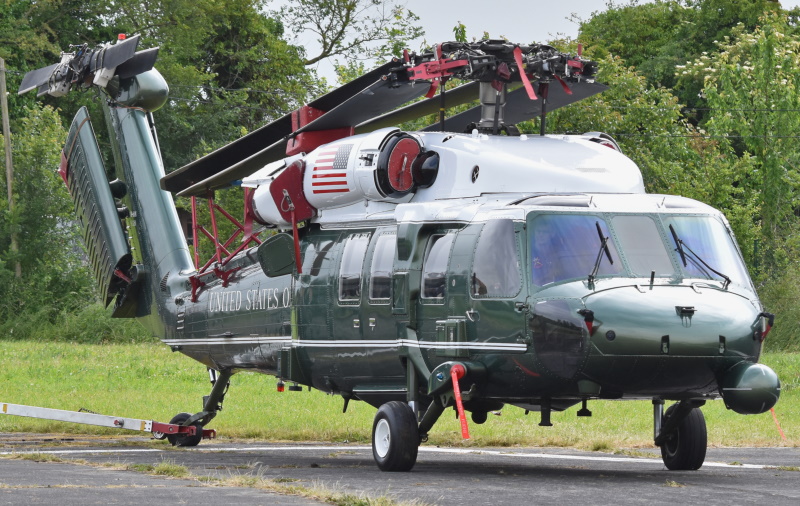High-Performance Multi-Role Rotorcraft Featuring Advanced Cockpit Technologies and Integrated Sensing Unit Systems
The realm of rotorcraft technology has seen notable advancements in current times, especially in the realm of high-performance multi-role rotorcraft furnished with sophisticated cabin innovations and perfectly incorporated sensing unit systems. These technologies have not only augmented the operational abilities of rotorcraft but have also substantially influenced modern-day aviation procedures on different fronts. From enhanced goal convenience to enhanced functional efficiency, the convergence of innovative cabin modern technologies and integrated sensor systems has actually introduced a new age of opportunities for rotorcraft applications. In the following discussion, we will explore the evolution of rotorcraft technology, look into the world of advanced cabin innovations, and examine the ramifications of incorporated sensor systems on the operational convenience and efficiency of modern rotorcraft.
Evolution of Rotorcraft Innovation
The evolution of rotorcraft innovation has been marked by considerable innovations in the rules of aerodynamics, products, and propulsion systems, forming the abilities and efficiency of modern-day rotorcraft. Aerodynamic enhancements have improved the efficiency and maneuverability of rotorcraft, enabling for increased speed, agility, and stability during trip (sikorsky s 70). Advancements in materials, such as using composite products and progressed alloys, have led to lighter yet more powerful rotorcraft frameworks, improving overall efficiency and resilience. Additionally, innovations in propulsion systems, including much more powerful engines and innovative propulsion modern technologies, have actually made it possible for rotorcraft to accomplish higher altitudes, faster rates, and better hauls.
These improvements have not only changed the capacities of rotorcraft however have additionally broadened their applications across numerous markets, including army, industrial, and emergency situation solutions. The continuous advancement of rotorcraft innovation remains to drive technology in the area, pushing the borders of what is possible and forming the future of vertical trip.
Advanced Cockpit Innovations
Structure upon the fundamental advancements in the rules of aerodynamics, materials, and propulsion systems, the world of rotorcraft technology currently moves emphasis towards pioneering Advanced Cockpit Innovations. The integration of innovative technologies within the cabin environment plays a critical function in boosting the operational capacities, safety, and effectiveness of modern rotorcraft. sikorsky s 70. Advanced Cockpit Innovations incorporate a large selection of functions made to offer pilots with boosted situational awareness, structured information administration, and instinctive control interfaces
One of the essential improvements in cockpit design is the execution of glass cockpits, which replace standard analog determines with high-resolution displays. These digital systems use personalized layouts, real-time data combination, and boosted readability, enabling pilots to access vital details at a look. Advanced avionics systems, such as fly-by-wire controls and augmented truth screens, are changing how pilots interact with the aircraft, allowing for accurate control and improved decision-making capacities.


Including advanced cockpit innovations not just improves pilot performance yet likewise contributes to total objective performance and security in complex functional environments. By leveraging state-of-the-art innovations within the cockpit, rotorcraft manufacturers are setting brand-new requirements for operational excellence and goal success.
Integrated Sensing Unit Systems
With the advancement of rotorcraft innovation, the assimilation of sophisticated Integrated Sensing unit Solution has actually become vital in enhancing operational performance and safety. These Integrated Sensing unit Equipments include a wide range of modern technologies that offer critical information for numerous functions such as navigating, security, targeting, and environmental tracking. By flawlessly integrating sensors like radars, electronic cameras, lidar, and infrared systems into rotorcraft, operators can take advantage of boosted situational awareness, improved objective capacities, and reduced pilot workload.
One secret benefit of Integrated Sensor Systems is their ability to collect real-time information and provide actionable insights to pilots and objective operators. Progressed radar systems can detect and track targets over long distances, allowing for early danger discovery and reliable response planning. Additionally, integrating electro-optical and infrared video cameras allows rotorcraft to perform reconnaissance and security goals with accuracy and precision.
In essence, the combination of innovative sensor innovations into rotorcraft not only boosts functional performance however likewise contributes dramatically to total objective success and team security. As rotorcraft continue to evolve, the role of Integrated Sensing unit Equipment will certainly remain at the forefront of innovation in the aerospace industry.
Operational Flexibility and Efficiency
Enhancing operational versatility and efficiency in rotorcraft is a natural progression from the integration of advanced Integrated Sensor Solutions. By leveraging the data and understandings given by these cutting-edge sensor systems, rotorcraft can enhance their performance throughout numerous objectives and atmospheres.
Functional adaptability includes the capacity of rotorcraft to adapt to different functions and scenarios effectively. With advanced cabin modern technologies and integrated sensing unit systems, rotorcraft can perfectly change in between jobs such as search and rescue, medical discharge, monitoring, and extra. This adaptability enhances the rotorcraft's ability to meet varied functional needs without calling for comprehensive reconfiguration.
Performance in rotorcraft operations is crucial for optimizing mission efficiency and source utilization. Integrated sensor systems play a crucial role in improving functional efficiency by offering real-time information on climate conditions, surface mapping, target monitoring, and much more. This data makes it possible for pilots to make informed decisions quickly, maximize flight paths, save fuel, and boost total mission performance.
Influence on Modern Air Travel Workflow

Moreover, the integration of sophisticated sensors promotes enhanced mission preparation and execution, making it possible for rotorcraft to carry out a wide array of jobs with enhanced accuracy. From search and rescue operations to airborne firefighting and police missions, the capacities of contemporary rotorcraft equipped with sophisticated cockpit technologies and incorporated sensor systems are unparalleled.
In addition, the impact of these advancements prolongs past functional efficiency to cost-effectiveness and sustainability. By enhancing flight view publisher site paths, gas consumption, and maintenance routines, site web high-performance rotorcraft outfitted with innovative cockpit technologies and sensors add to lowering operational costs and environmental effect, making them crucial properties in modern aviation operations.
Final Thought
In final thought, the high-performance multi-role rotorcraft with sophisticated cabin modern technologies and incorporated sensing unit systems stands for a significant evolution in aviation technology. These developments improve operational flexibility and effectiveness, eventually affecting contemporary air travel operations in a positive way. The integration of these advanced technologies allows for boosted capacities and efficiency in numerous objective situations, showcasing the continued development of rotorcraft technology in the aviation industry.
The world of rotorcraft modern technology has actually seen significant improvements in current times, specifically in the world of high-performance multi-role rotorcraft furnished with innovative cockpit technologies and perfectly integrated sensor systems. From enhanced mission versatility to improved operational efficiency, the convergence of innovative cabin technologies and integrated sensor systems has ushered in a new era of possibilities for rotorcraft applications. In the adhering to discussion, we will certainly check out the evolution of rotorcraft modern technology, dig into the world of sophisticated cabin advancements, and take a look at the implications of incorporated sensor systems on the functional flexibility and performance of contemporary rotorcraft.
